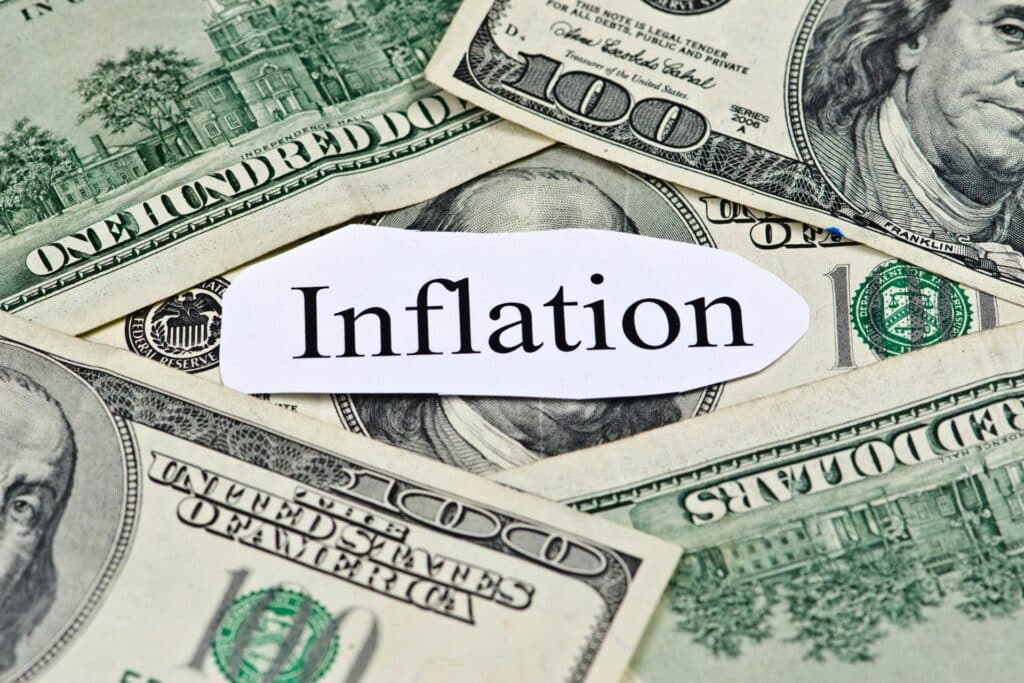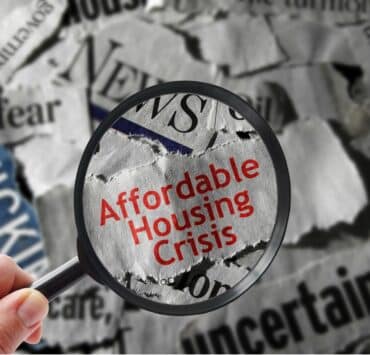As November 2023 unfolded, the United States witnessed an unexpected upswing in consumer inflation. This phenomenon, largely driven by stubbornly high rental costs, signals a complex economic landscape. Despite a notable decrease in gasoline prices, the inflationary pressure from the housing sector has painted a different picture, challenging the Federal Reserve’s potential strategies in the coming months.

Understanding the CPI Movement
The Consumer Price Index (CPI), a key indicator of inflation, showed a marginal increase of 0.1% in November, deviating from its static position in October. This change is attributed to the rising expenses in the rental market, overshadowing the decline in fuel costs. This scenario underscores a broader economic trend, where housing expenses significantly influence consumer spending patterns.
Core Contributors to Inflation
Beyond rental costs, other sectors contributed to the uptick in inflation. The automobile industry, particularly used cars and trucks, saw a rebound in prices, marking an end to a five-month declining trend. Additionally, the healthcare and motor vehicle insurance sectors also reported increased expenditures. These factors collectively bolstered the underlying inflationary pressures.

Rental Inflation: The Driving Force
The rental market has emerged as a central player in this inflation narrative. Both direct rent payments and the owner’s equivalent rent, which estimates homeowner rental values, have seen noticeable increases. This trend in rental inflation is particularly concerning, given its significant impact on the overall cost of living.
Potential Moderation and Market Reaction
Interestingly, there is potential for rental inflation to moderate in the upcoming year. Factors like increased rental vacancies and a substantial pipeline of new apartment constructions might ease these pressures. However, the economic landscape remains dynamic, and such predictions are subject to numerous variables.
Broader Economic Implications
The persistence of rental cost-driven consumer inflation poses questions about the Federal Reserve’s response. Traditionally, an inflation rate exceeding the Fed’s 2% target would prompt interest rate hikes. However, the current economic context, including labor market conditions and other sectoral developments, may influence the Fed’s decision-making process.

The Path Forward
Looking ahead, the trajectory of consumer inflation remains a subject of intense scrutiny. While there are indications of potential cooling in inflation rates, the journey toward a more stabilized economic environment might take more work. This uncertainty is reflected in the financial markets, where expectations for rate cuts are being continually adjusted.
FAQs on Consumer Inflation
1. What is consumer inflation?
Consumer inflation measures the rate at which consumer goods and services prices change over time.
2. How does rental cost affect consumer inflation?
Rental costs significantly impact consumer inflation as housing expenses constitute a large portion of average consumer spending.
3. What might influence future trends in consumer inflation?
Factors such as Federal Reserve policies, market conditions, and changes in key sectors like housing and healthcare can influence future inflation trends.
Related posts:
 Increase in US Home Construction in 2023 Signals Robust Market Recovery
Increase in US Home Construction in 2023 Signals Robust Market Recovery
 2024 Military Housing Panel: Empowering Voices of Military Families
2024 Military Housing Panel: Empowering Voices of Military Families
 Healthcare or Housing? An Increasing Number of States Redirect Medicaid Funds to Aid the Homeless
Healthcare or Housing? An Increasing Number of States Redirect Medicaid Funds to Aid the Homeless
 Denver Housing Market Challenges: Zillow Reveals Homebuyers Now Need $173K Annual Income
Denver Housing Market Challenges: Zillow Reveals Homebuyers Now Need $173K Annual Income
 “Sign & Save Program” Goes Nationwide in 2024: A New Era for Homebuyers with Redfin
“Sign & Save Program” Goes Nationwide in 2024: A New Era for Homebuyers with Redfin



